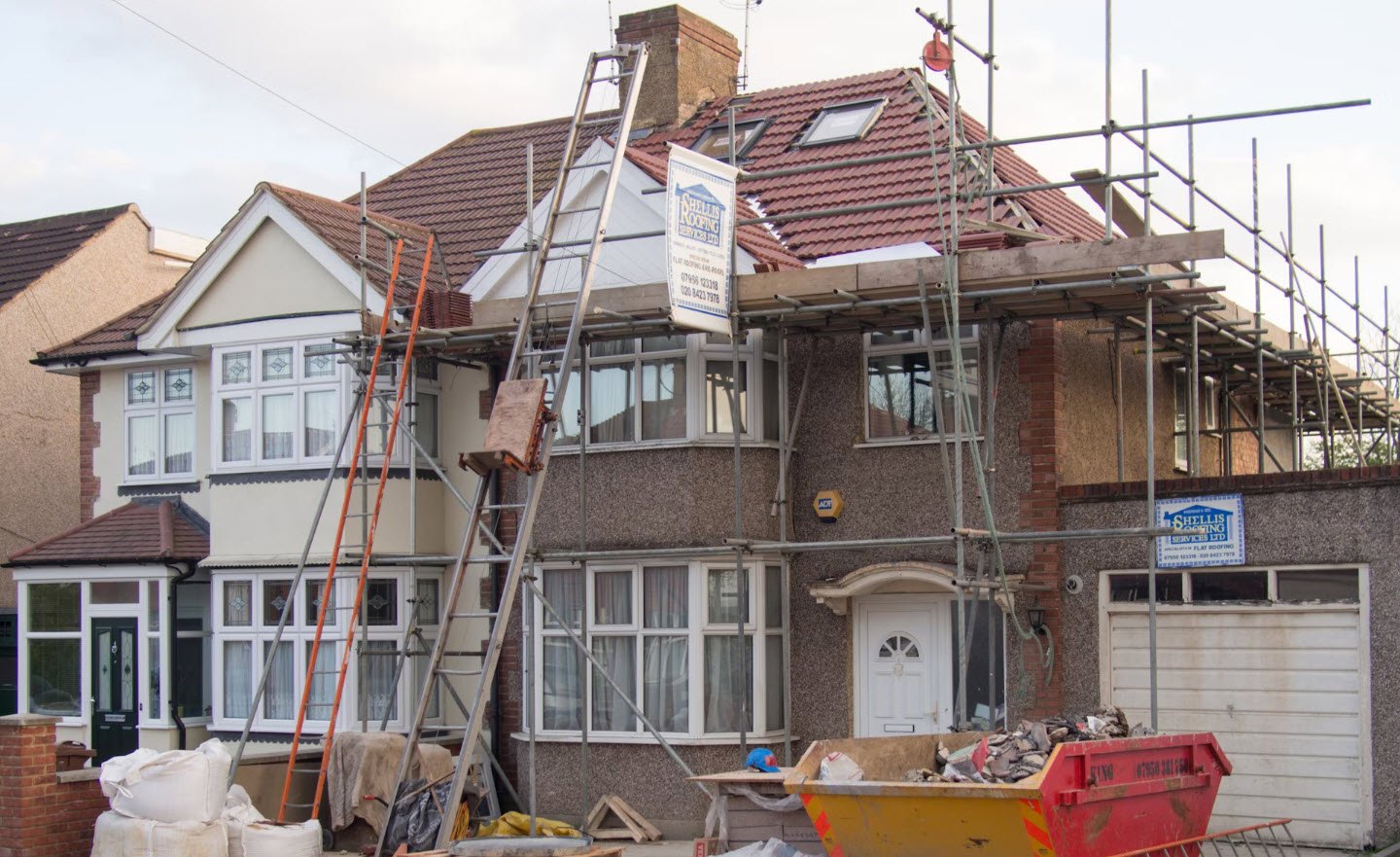
Buying a house is one of the most significant financial and personal decisions you can make. It’s a process that can be exciting, yet daunting, especially for first-time homebuyers.
To help you navigate this journey, here are seven essential steps to buying a house:
- Calculate Your Budget
- Find a Property to Buy
- Visit Properties
- Make an Offer
- Start the Sale
- Exchange Contracts
- Sale Completed
1. Calculate Your Budget
The first step in buying a house is to determine your budget. Understand your financial situation and assess how much you can afford to spend on a property. Take into account your down payment, closing costs, monthly mortgage payments, and other related expenses. This will give you a clear picture of what you can comfortably afford.
2. Find a Property to Buy
Once you’ve established your budget, start your property search. You can work with a real estate agent, explore online listings, or check out local newspapers and listings. Be clear about your preferences and priorities, such as location, size, and amenities, to help narrow down your options.
3. Visit Properties
Visit the properties that interest you. Attend open houses and schedule private showings to get a firsthand look at the homes. Pay attention to the condition, layout, and any potential issues or needed repairs. Take notes and photos to help with your evaluation.
4. Make an Offer
When you find a property that you’re interested in, it’s time to make an offer. Work with your real estate agent to determine the offer price and negotiate the terms with the seller. Be prepared for counteroffers and negotiations until you reach an agreement that both parties find acceptable.
5. Start the Sale
Once your offer is accepted, the sale process begins. You’ll need to secure your financing by working with your chosen lender to complete the mortgage application and satisfy any underwriting requirements. During this phase, a home inspection is typically conducted to assess the property’s condition.
6. Exchange Contracts
After the necessary inspections and due diligence, you and the seller will exchange contracts. This legally binding agreement outlines the terms of the sale and specifies the closing date. At this point, you’ll typically provide a deposit, which is held in escrow.
7. Sale Completed
The final step in buying a house is the completion of the sale. This typically involves the transfer of funds, legal paperwork, and the transfer of ownership. On the agreed-upon closing date, you’ll sign the necessary documents, pay any remaining fees, and receive the keys to your new home. Congratulations, you’re now a homeowner!
It’s essential to approach the home-buying process with careful planning and a clear understanding of your financial situation. By following these seven steps, you can make the journey to homeownership more manageable and less stressful. While the process may seem daunting, each step brings you closer to the goal of owning your dream home.
You may also like:- Don’t Buy A House In These 5 US Cities
- A Guide to Prepare for Your First Home Purchase
- A Comprehensive Guide to Saving on Major Appliances
- How to Save on Home Improvement – Cost-Effective Tips for Enhancing Your Space
- Practical Tips and Strategies for Saving Money on Furniture Purchases
- 51 House Cleaning Shortcuts to Save Time and Effort
- 5 Signs of a Good Air Duct Cleaning
- Tenant’s Guide – 5 Things to Remember When You Move In
- 7 Simple Reasons Why You Need a Network Security Camera for Your Home
- Fire Safety Checklist for Home – A Comprehensive Guide








